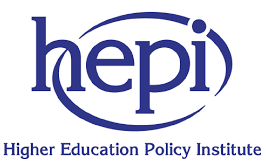October marks the sixtieth anniversary of the publication of the Report of the Committee on Higher Education (1963), the famous Robbins Report. The report’s conviction that courses in HE should be made ‘available for all those who are qualified by ability and attainment to pursue them and who wish to do so’ (the so-called ‘Robbins Principle’) is still passionately championed.
It’s easy to see why the report remains a keystone of HE policy discussion. Deploying remarkably readable and ardent prose and a sophisticated programme of statistical and sociological analysis, the report emphatically demonstrated there was no limit to the number of young people who might benefit from attending HE. It recommended expanding HE from 216,000 to 507,000 full-time students between 1963 and 1981. Following the implementation of a new mandatory grant for students in 1962, the report proposed that not only should the system grow but that the state should pay for the education of all these students. To pay for this, the report calculated the proportion of Gross National Product devoted to HE should double.
This enthusiasm, emblematic of post-war optimism and channelling a ‘spirit of social justice!’, contrasts sharply to the resignation around current HE funding. Articulating widely held sentiments, historian James Vernon laments that HE policy has retreated from Robbins ‘social democratic’ welfare principles and since the 1990s pursued a ‘neoliberal’ agenda concerned with maximising individual returns on investments.

